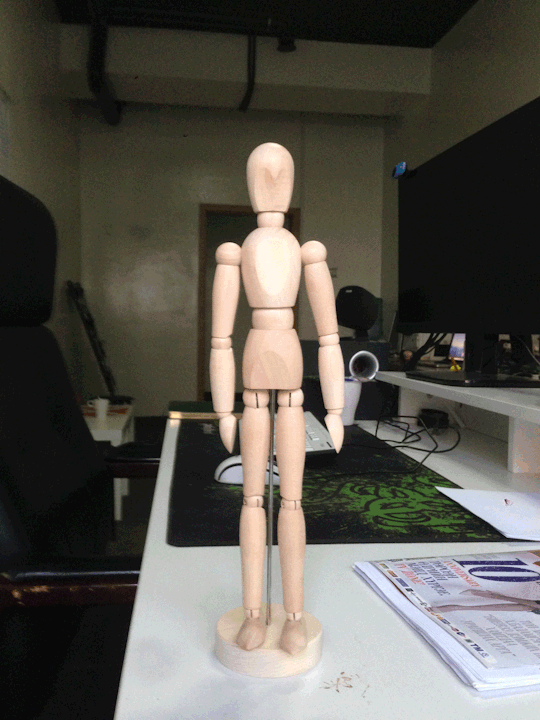Text
Aliens have invaded and are taking over. Their technology, intelligence, and power is unstoppable. They just didnt plan on one thing: The old gods returning.
69K notes
·
View notes
Photo





Francisco Fonseca - https://www.etsy.com/shop/FranciscoFonscaShop
3K notes
·
View notes
Photo








“For me, photography arrived like a storm after months of drought, and I am still very thirsty.”
Fine Art Photography by Giuseppe Gradella
“Giuseppe Gradella has a profound belief in memories and dreams.
Conscious that everything is layered over time, in the heart, in memory and that, sooner or later, it finds a way back to the light, to unveil itself, he thinks of photography as holding your breath, just under the surface, for as long as your breath lasts, then re-emerging to observe the world from a different perspective, one that is more aware.
In order for memory to speak to him, he arms himself with a lot of patience and an excellent bait that allows him to fish even where life’s flow is perceptible only to the eye, like under a sheet of ice.
Physical places and those that exist in memory, where life and dreams intertwine in a process of transfiguration and internal re-creation in which time is suspended.
In Giuseppe Gradella’s photographs, which deal with fashion, architecture and fine art, there is a constant juxtaposition between what is actually in front of the camera and what he has retained from his experiences, in a continuous study that becomes introspective self-critique.
Giuseppe lives and works in Mantua (Italy).”
Posted by Chaz from RS
352 notes
·
View notes
Text
We Found the Universe’s First Type of Molecule
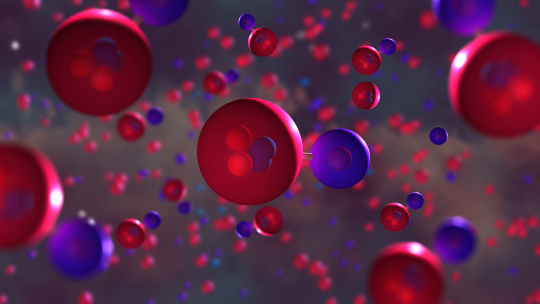
For decades, astronomers searched the cosmos for what is thought to be the first kind of molecule to have formed after the Big Bang. Now, it has finally been found. The molecule is called helium hydride. It’s made of a combination of hydrogen and helium. Astronomers think the molecule appeared more than 13 billion years ago and was the beginning step in the evolution of the universe. Only a few kinds of atoms existed when the universe was very young. Over time, the universe transformed from a primordial soup of simple molecules to the complex place it is today — filled with a seemingly infinite number of planets, stars and galaxies. Using SOFIA, the world’s largest airborne observatory, scientists detected newly formed helium hydride in a planetary nebula 3,000 light-years away. It was the first ever detection of the molecule in the modern universe. Learn more about the discovery:
Helium hydride is created when hydrogen and helium combine.

Since the 1970s, scientists thought planetary nebula NGC 7027—a giant cloud of gas and dust in the constellation Cygnus—had the right environment for helium hydride to exist.
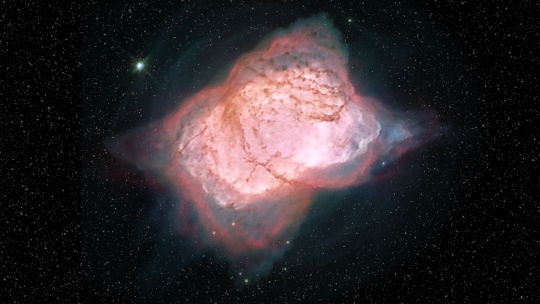
But space telescopes could not pick out its chemical signal from a medley of molecules.
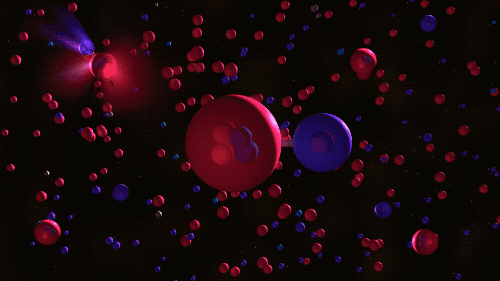
Enter SOFIA, the world’s largest flying observatory!

By pointing the aircraft’s 106-inch telescope at the planetary nebula and using a tool that works like a radio receiver to tune in to the “frequency” of helium hydride, similar to tuning a radio to a favorite station…

…the molecule’s chemical signal came through loud and clear, bringing a decades-long search to a happy end.

The discovery serves as proof that helium hydride can, in fact, exist in space. This confirms a key part of our basic understanding of the chemistry of the early universe. SOFIA is a modified Boeing 747SP aircraft that allows astronomers to study the solar system and beyond in ways that are not possible with ground-based telescopes. Find out more about the mission at www.nasa.gov/SOFIA
Make sure to follow us on Tumblr for your regular dose of space: http://nasa.tumblr.com
10K notes
·
View notes
Photo





Madame Evelyn Poole: Did you know that during the Renaissance, women used to put poison into their eyes? A little drop of belladonna to dilate the pupil, to simulate erotic excitement. But, like all addictions, it took more and more to produce the desired effect. So, they slowly killed themselves. What won’t we do for beauty?
Mr. Ferdinand Lyle: And youth…
Madame Poole: Yes, Youth: That takes more than a drop of poison. That takes everything, doesn’t it?
-“Penny Dreadful”
265 notes
·
View notes
Text
May the 4th Be With You
Happy May the 4th!
How many connections does America’s space program have with the fictional world of Star Wars? More than you might think…
Join us as we highlight a few of the real-world TIE-ins between us and Star Wars:
Space Laser


Lasers in space sounds like something straight out of Star Wars, but it’s also a reality for us. Our own GEDI (yes, like Jedi) instrument will launch later this year to the International Space Station.
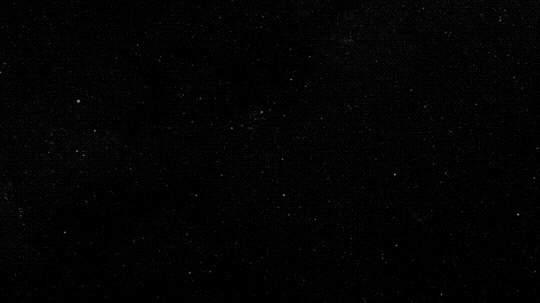

GEDI stands for the Global Ecosystem Dynamics Investigation lidar. It will study the height of trees and forests, using three lasers split into eight tracks, and create a 3D map of forests around the planet.

With GEDI’s new tree maps, we’ll get a better understanding of how much carbon is stored in forests all over Earth, and how forests will be able to absorb increasing carbon dioxide in the atmosphere.
The Jedi knights may help protect a galaxy far, far away, but our GEDI will help us study and understand forest changes right here on Earth.

Another JEDI
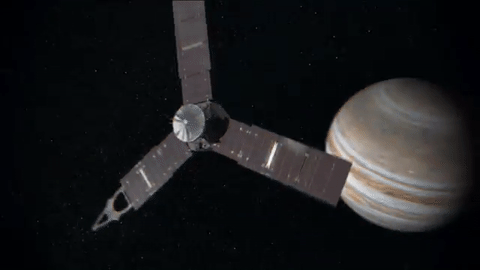
There’s another Jedi in town and it happens to be orbiting the planet Jupiter. Our Juno spacecraft, which arrived at the gas giant in July 2016, has an instrument on board that goes by the name of JEDI - the Jupiter Energetic Particle Detector Instrument.
While it doesn’t use a light saber or channel “the force”, it does measure high-energy particles near Jupiter. Data collected with the JEDI instrument will help us understand how the energy of Jupiter’s rotation is being funneled into its atmosphere and magnetosphere.
Death Star Moon
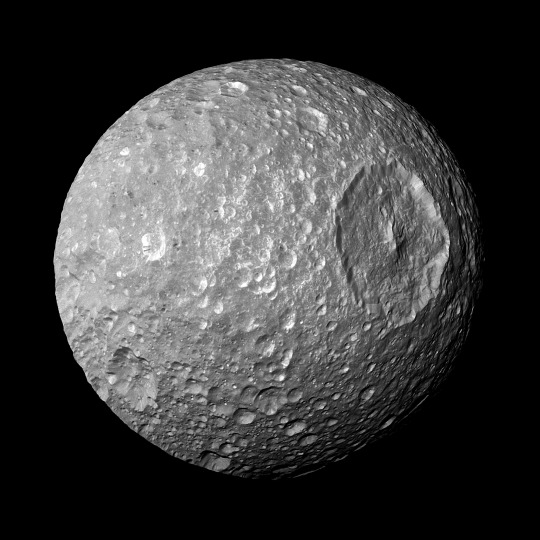
We know what you’re thinking…”That’s no moon.” But actually, it is! This is a real picture taken by our Cassini spacecraft of Saturn’s moon Mimas. In this view taken on Cassini’s closest-ever flyby of Mimas, the large Herschel Crater dominates, making the moon look like the Death Star. Herschel Crater is 130 kilometers, or 80 miles, wide and covers most of the right of this image.
We Actually Do Have the Droids You’re Looking For
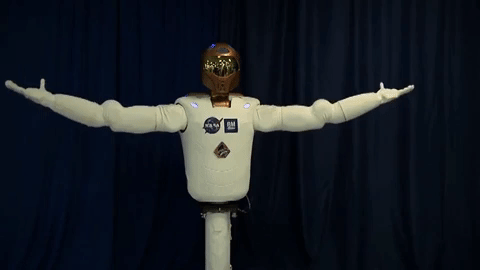
We have robots roving and exploring all over the solar system, but it’s our own “R2” that’s most likely to resonate with Star Wars fans. Robonaut 2, launched in 2011, is working along side humans on board the International Space Station, and may eventually help with spacewalks too dangerous for humans. Incidentally, an earlier version of Robonaut bore a strong “facial” resemblance to enigmatic bounty hunter Boba Fett.

Another “droid” seen on the space station was directly inspired by the saga. In 1999, then Massachusetts Institute of Technology (MIT) professor David Miller, showed the original 1977 Star Wars to his students on their first day of class. After the scene where hero Luke Skywalker learns lightsaber skills by sparring with a floating droid “remotes” on the Millennium Falcon, Miller stood up and pointed: “I want you to build me some of those.”
The result was “SPHERES,” or Synchronized Position Hold, Engage, Reorient, Experimental Satellites. Originally designed to test spacecraft rendezvous and docking maneuvers, the bowling-ball size mini-satellites can now be powered by smart phones.
A few more TIE ins…

When space shuttle Atlantis left the International Space Station after 2007’s STS-117 mission, it caught a view of the station that looked to some like a TIE fighter.
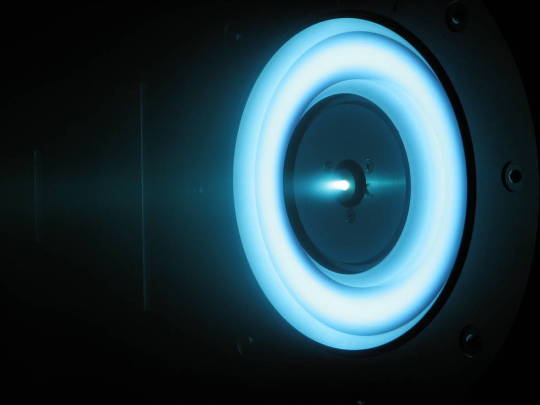
The “TIE-ins” go beyond casual resemblance to real engineering. We already use actual ion engines (“TIE” stands for “Twin Ion Engines”) on spacecraft like Dawn, currently orbiting the dwarf planet Ceres. In fact, Dawn goes one better with three ion engines.
Want more Star Wars connections? Check out THIS Tumblr to learn about the REAL planets we’ve found outside our solar system that resemble planets from the movie.
Take THIS quiz to see if you know more about the Milky Way galaxy or a galaxy far, far away.
Make sure to follow us on Tumblr for your regular dose of space: http://nasa.tumblr.com.
5K notes
·
View notes
Photo
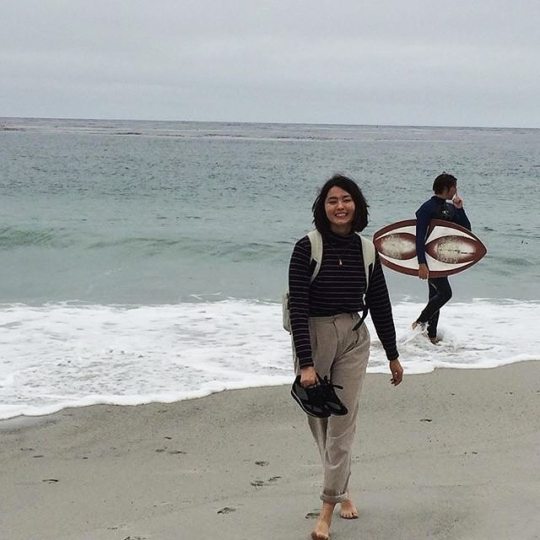
- Надад сайхан үг хэлээч.
-Хайртай.
-Баярлалаа. Хамгийн сайхан үг байна.
0 notes










